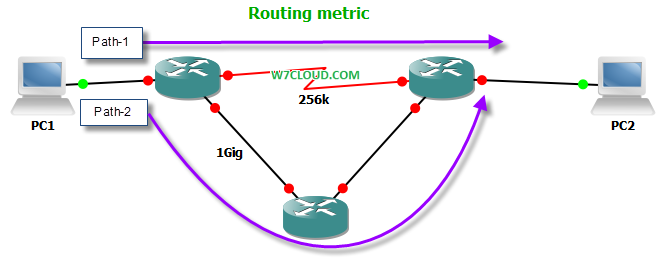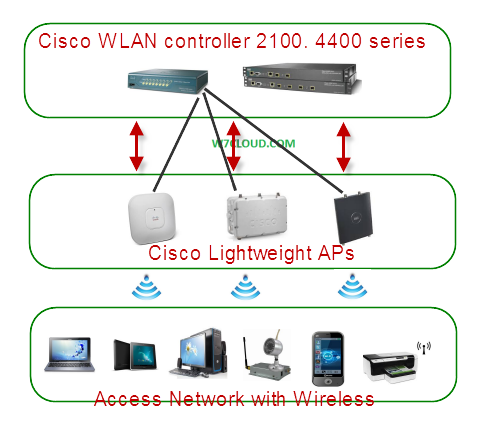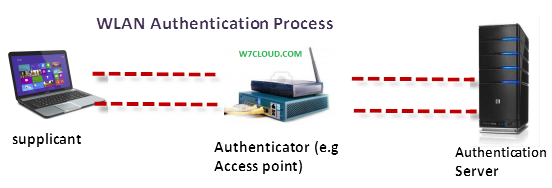
In this article we will discuss the important aspect of designing a network that is choosing best routing protocol for your network. This is one of the decision that you have to make before when you start building your network.
While choosing best routing protocol for your network keep in mind following important factors and features of routing protocols,these will help you in selecting best for your network environment.
- Metric (it may be hop count or bandwidth)
- Amount of Traffic
- Network Size
- VLSM support
- Redundancy
Before making the final decision about your routing protocol you should have to understand above aspects of routing protocols and should have a clear idea how different routing protocols work, so that you can choose the best routing protocol that fits your network.
What is Routing and Routing Protocol?
Routing is method of moving information packet across the different network base on the logical address using one or more intermediate device,for example using a router.
The routing protocolsare responsible for determining the optimal path for transmitting packets and this is also called packet switching. The optimal path that packets use to reach destination is known as routing Metric. Different routing protocols use different algorithm for determining best path or metric. For example RIPuses the hop count as a metric. All the routing protocols find the best path using its algorithm and then place this path in routing table.For example OSPF use the dijkstra algorithm for finding the best path.
A routing protocol find the best route base on following common and key metrics values.
Hop Count:Hop count is most common routing metric for determining the best path, hop count is number of routing devices that a packet must pass through from the source to destination. A routing protocol with hop count metric will choose the path-1 because of less hop counts.
Bandwidth: is the available capacity for moving a packet over a specific link. For example in figure path-2 has high bandwidth therefore a routing protocols with bandwidth metric will choose path-2.
Delay: The amount of time that it takes to get a data packet from one node to another is an internetwork. Routing protocols calculates the delay from bandwidth, queues, physical distance and congestion.
Reliability:Inlarge network design we can use some optional metric to more optimize the routing protocol for calculating routing paths and reliability is one of the optional metric. As a network administrator you can define arbitrary values to links depending upon their bit error rate and reliability.
Load:Load is related to different resources of routing device like CPU and memory utilization. As an administrator you can check different routers with high load and set different values depending upon load for tuning and better path selection.
The other attributes that you need to keep in mind while choosing your routing protocols include single-path and multipath attribute of routing protocols, some routing protocol only support single path routing and some support multipath like equal-path load balancing and unequal-path load balancing for example EIGRP support equal-path load balancing.
Some protocols like RIP is distance-vector protocol and other protocols like OSPF and ISIS are categorize as link state routing protocol. Some protocols has classful limitation mean such routing protocols don’t support the subnetting, while classless routing protocols support VLSM. Some routing protocols converge fast and on the other hand some routing protocols take some time to building their routing tables.
So while comparing routing protocols you should keep in mind the above attributes of routing protocols and have to choose the routing protocols according to your network requirement, you need to understand the exact criteria of your required network. Following are some articles where you can determine the best environment for each routing protocol when to use RIP, EIGRP, OSPF, ISIS and BGP.














